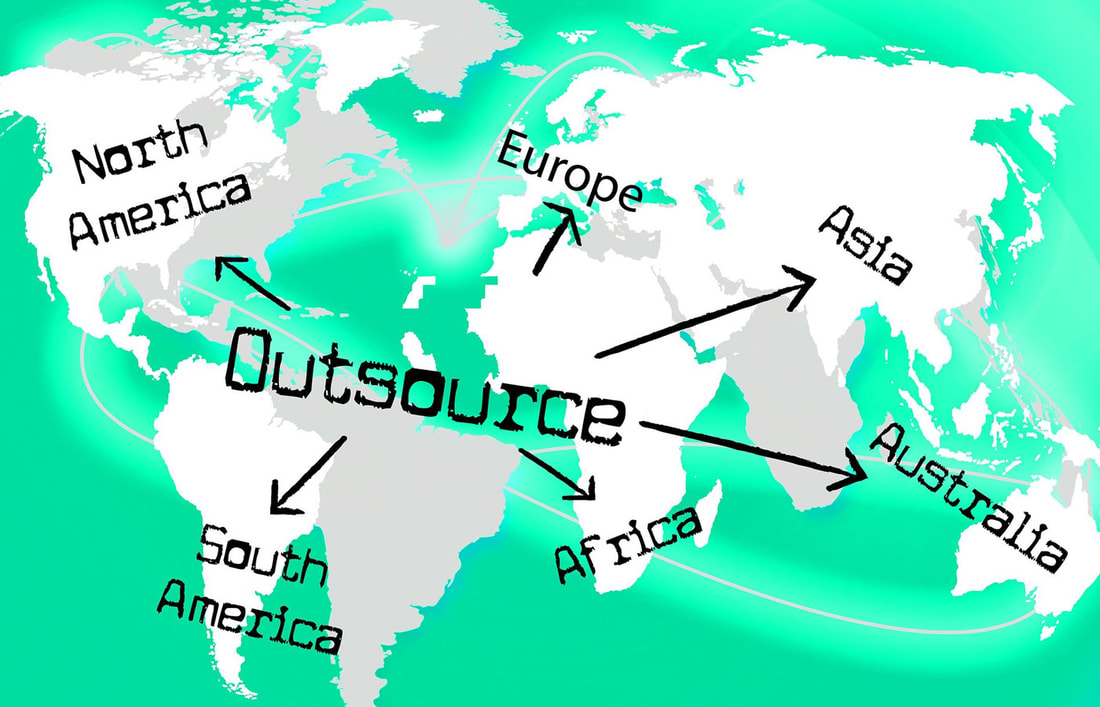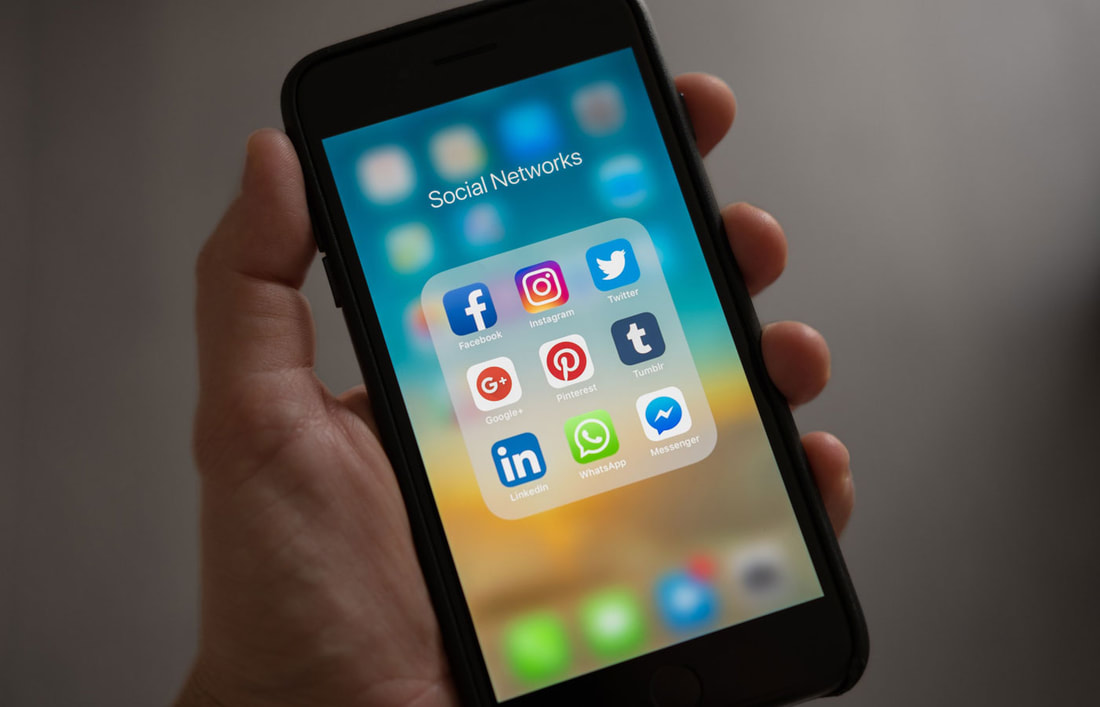Pandemic Impact on Sales Development
6/10/2020
Comments
You don’t need me to tell you that, over the last few months the whole world has gone a little crazy. Thanks to Covid-19, everything’s changed, and that includes Sales Development.
But while everyone is trying to adapt, what has been the actual impact? How has Sales Development changed over the last three months? What can we expect in the near future? We teamed up with RevOps Squared to research how the pandemic has impacted Sales Development teams. Here’s what we found out. Concerns over Sales Development layoffsWith record unemployment figures, it shouldn’t be surprising that layoffs were one of the biggest concerns. At the time of the research, over 20% of companies surveyed had already let SDRs go. Additionally, over 60% were still concerned about layoffs in the near future. Interestingly, respondents from larger companies were the most likely to be concerned about their future. Whether they’re looking to supplement their internal teams or build pipeline, many executives are considering outsourcing their Sales Development team. There’s a tremendous amount of demand, and the industry is growing exponentially (something we’ve seen with the latest update of our Market Map).
However, outsourcing comes with challenges. Anybody with an internet connection and a telephone can set themselves up as a sales prospecting organization, but that doesn't guarantee success. In our recent study, we found that only 32% of respondents would outsource to the same firm again. How many ingenuine, out-of-touch sales messages do you receive on social every week?
Here are direct quotes from just a few of the many in my LinkedIn inbox: ❌ “I definitely think our business could benefit from each other and I'd love to have a chat” ❌ “In case you’re aspiring to take the next step up in your career, so I wanted to send you something that can be a big help” ❌ “Thanks for connecting & your interest in our event” (Wasn’t interest, just connected) ❌ “I would love to hear more about your biz dev, do you do outreach to companies?” ❌ “There might be some opportunities for us to work together. We are an excellent solution for…” Despite recent clapback from the community against these selfish, unsolicited pitches on social, it’s unfortunately still a very prevalent approach in the B2B world. The idea of getting ahead of pipeline is top of mind, trying to win more deals early in the year to crush their numbers and hit accelerators as they cruise into Q4. And the role of creating pipeline falls heavily on the shoulders of Sales Development Teams. No pressure!
Then March came around and the world changed. Businesses closed, everyone began to work from home, budgets went dry, and a new reality set in. But guess what, many businesses, while adjusting forecasts for the year and quarter, still have to create pipeline to hit any adjusted goal. And guess what, that responsibility still falls squarely on the shoulders of Sales Development Teams. No pressure! Except now you’ve got double the pressure as you adapt to new realities: Buyers are distracted by things at home, and those valuable office direct dials are worthless. |
Blog Archives
November 2023
September 2023
December 2022
November 2022
October 2022
September 2022
August 2022
July 2022
June 2022
May 2022
February 2022
January 2022
December 2021
November 2021
October 2021
September 2021
July 2021
June 2021
May 2021
February 2021
January 2021
October 2020
September 2020
June 2020
May 2020
April 2020
March 2020
January 2020
December 2019
November 2019
September 2019
August 2019
June 2019
May 2019
March 2019
February 2019
November 2018
October 2018
July 2018
April 2018
March 2018
February 2018
November 2017
October 2017
September 2017
June 2017
May 2017
April 2017
March 2017
February 2017
January 2017
September 2016
August 2016
May 2016
September 2015
March 2015
February 2015
January 2015
Categories
All
Book
Boost Sales
Career
Coaching
Cold Calling
Communities
Conference
COVID-19
Infographic
Job
Leaders
Leads
Management
Market
Outsourcing
Pandemic
Podcast
Psychographics
Sales Development
SDR
Seminar
Social Media
Team
Technology
Trade Shows
Training
Trends
|





